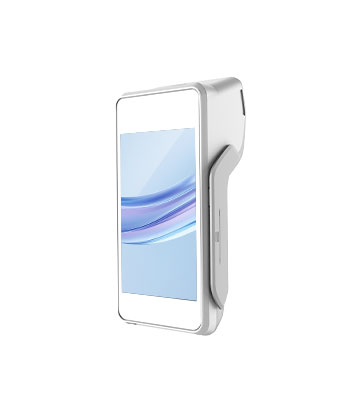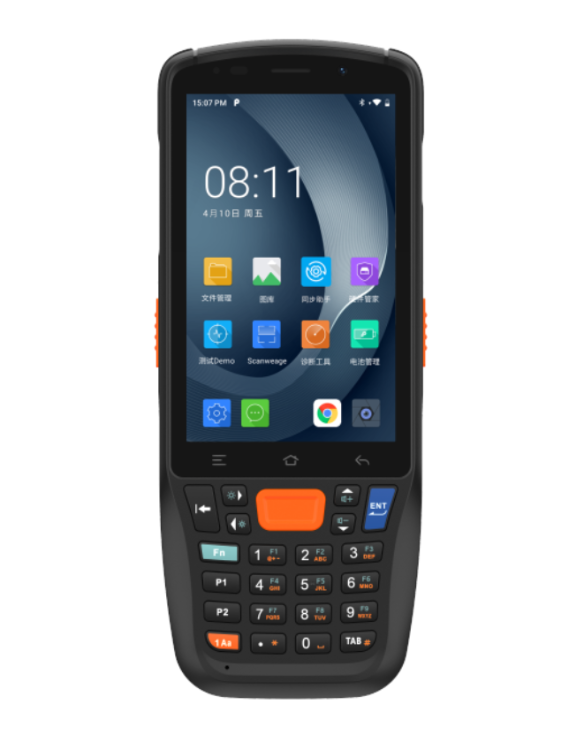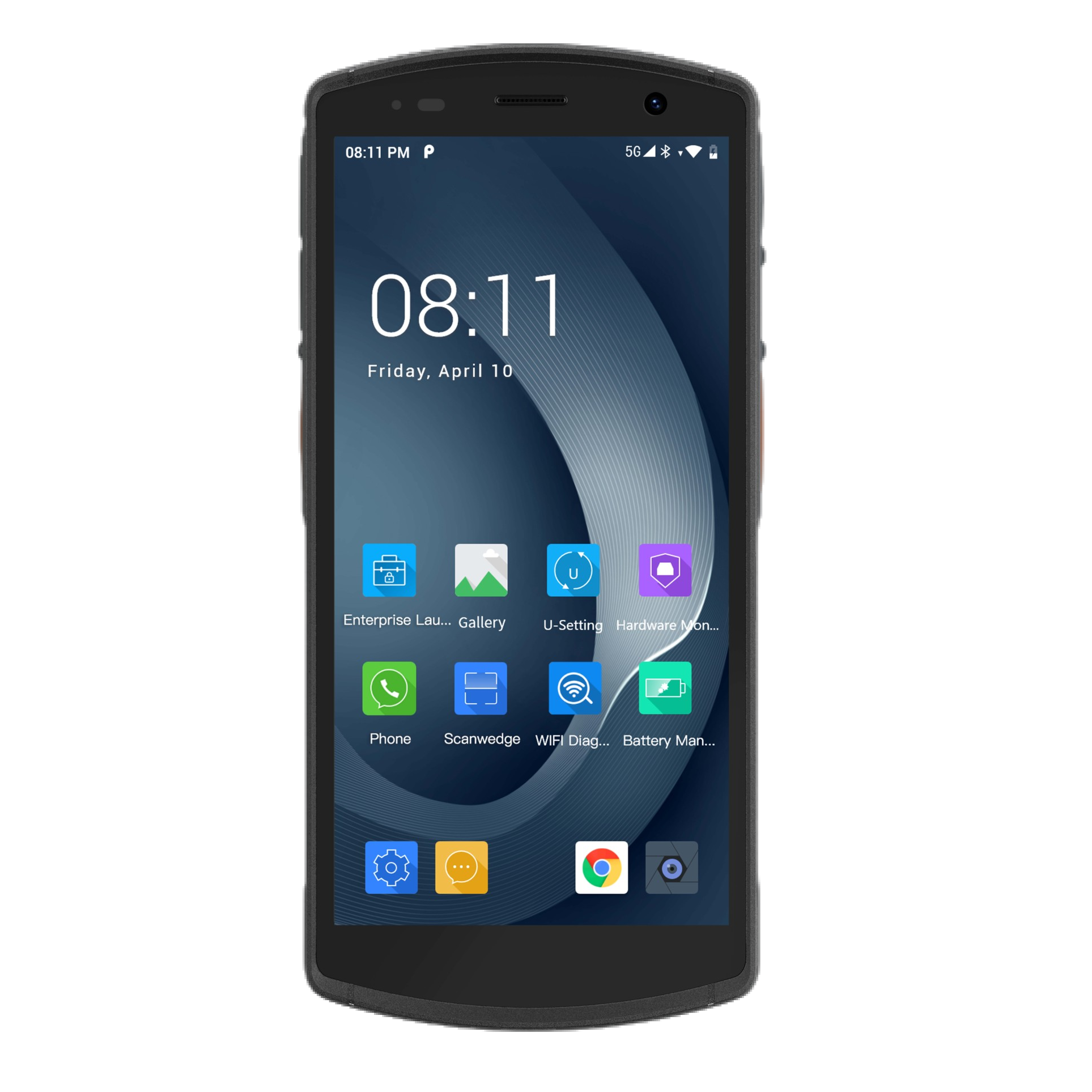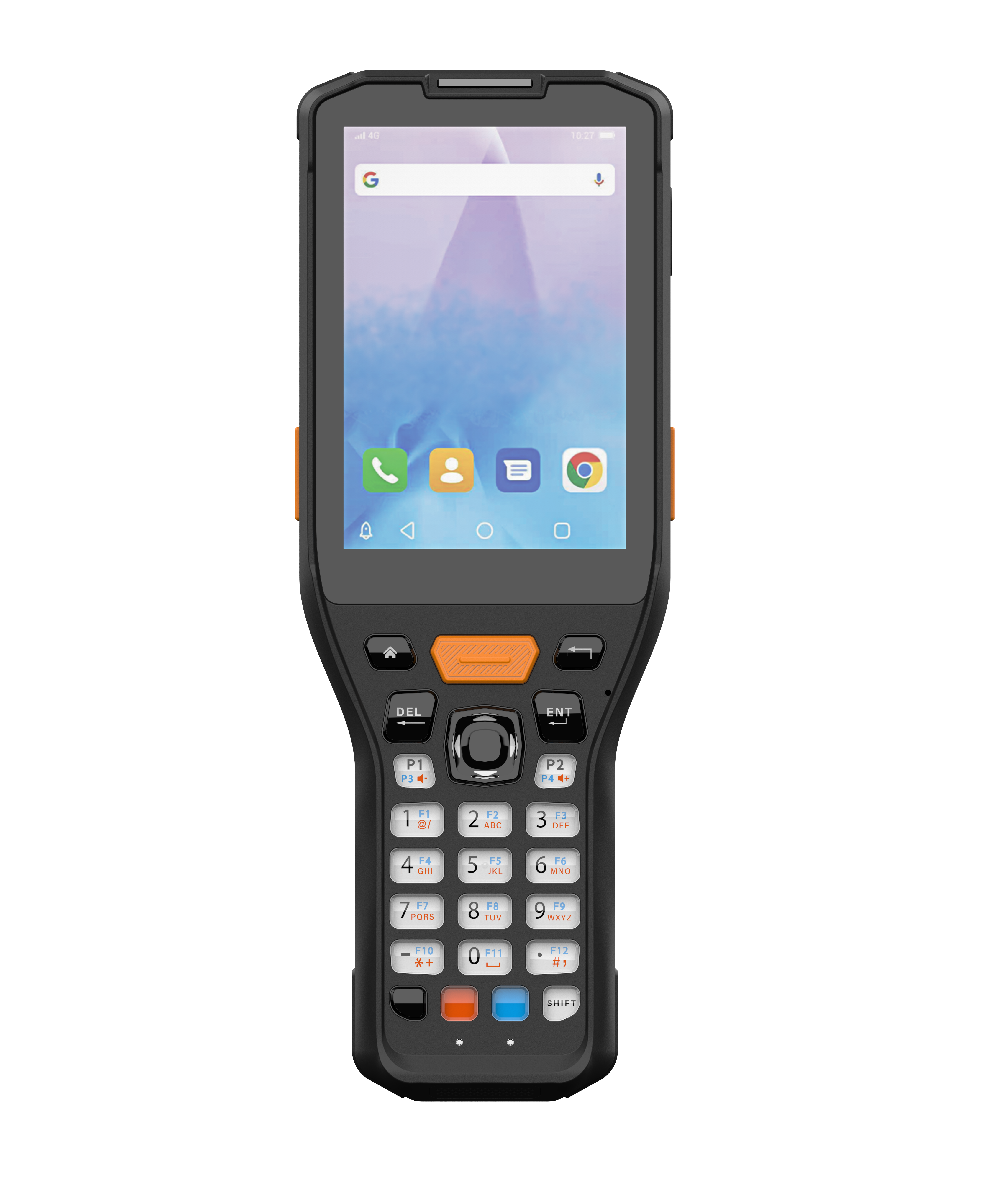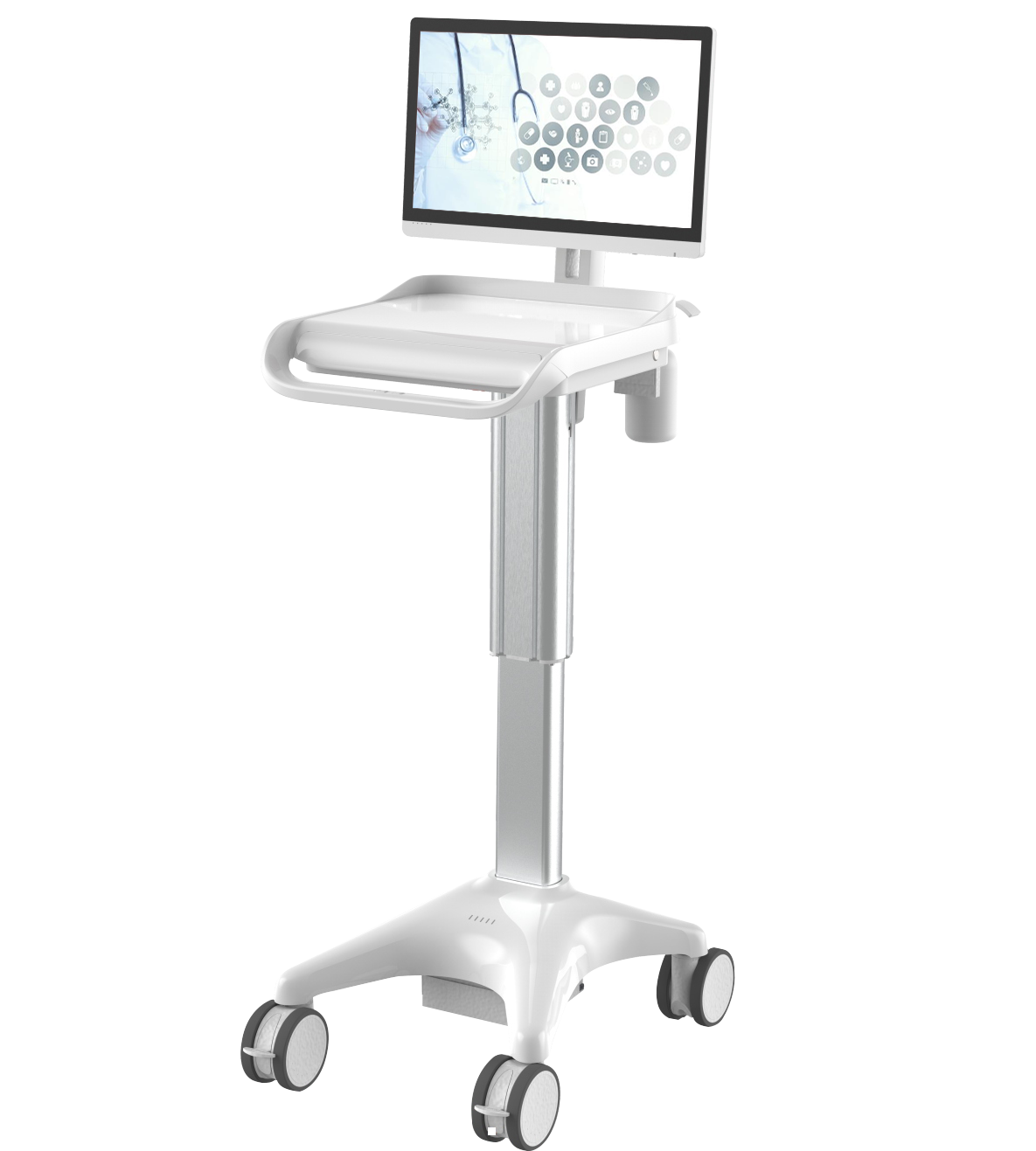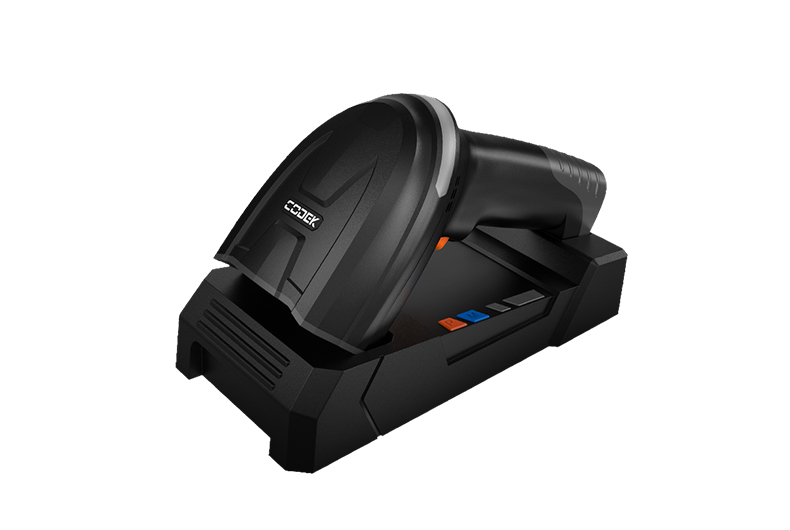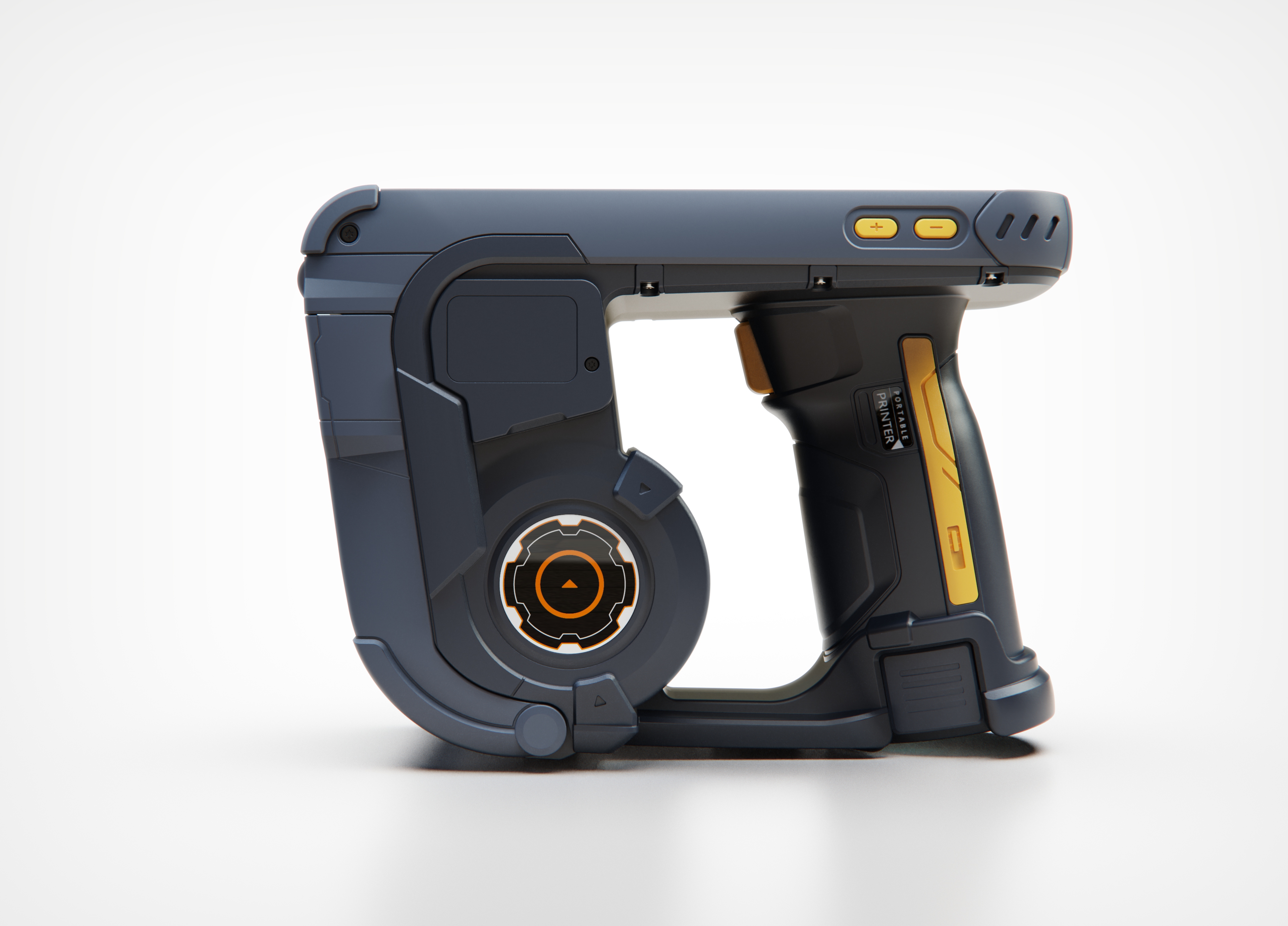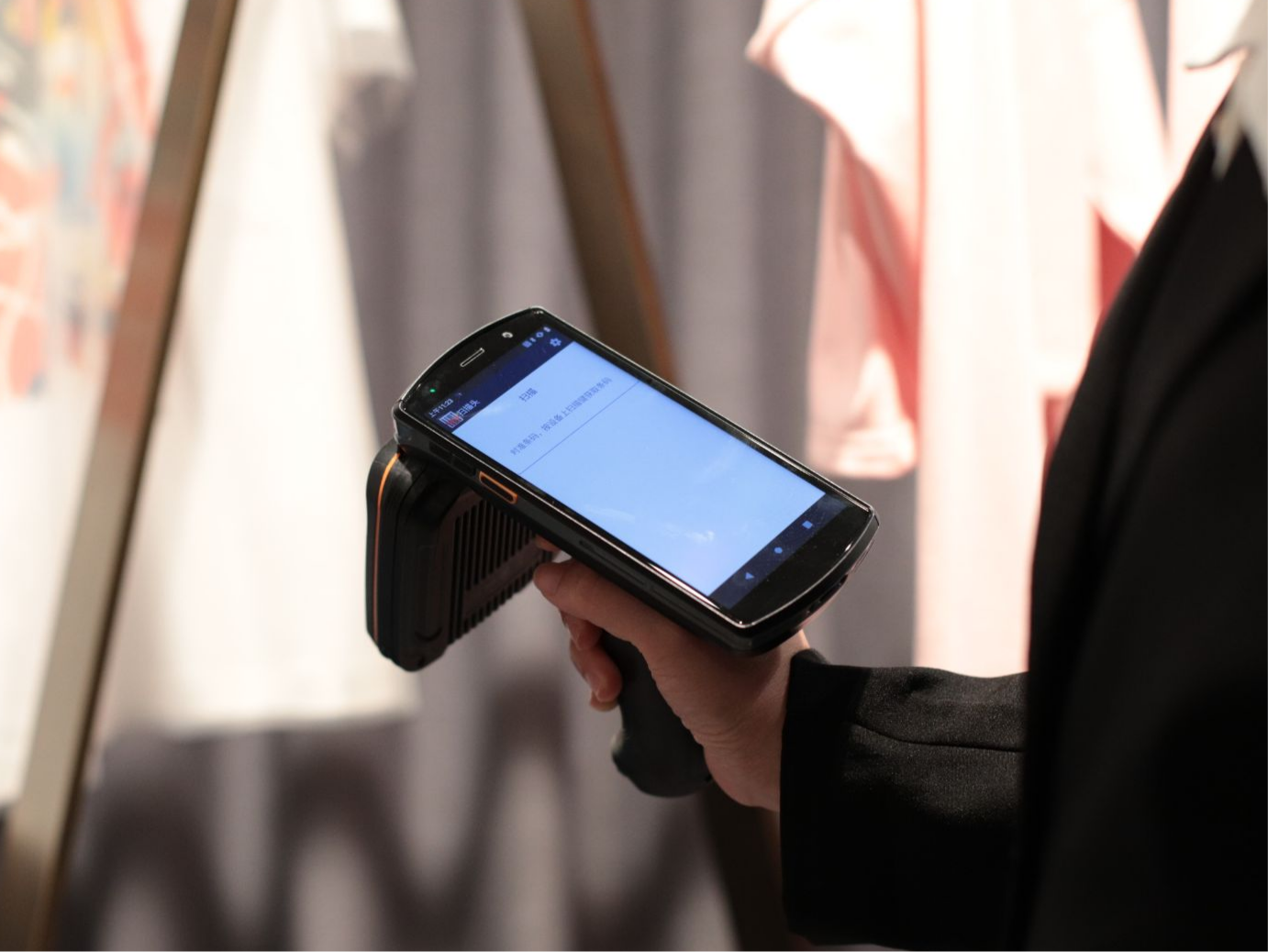Automotive Industry Applications of UHF RFID Readers
The automotive industry is one of the key sectors where technology adoption drives significant improvements in efficiency, accuracy, and automation. Among these technologies, UROVO's UHF RFID readers, including our state-of-the-art solutions, DT51U5G, DT50P, and DT50D UHF RFID readers are increasingly being used for applications such as vehicle tracking, parts inventory management, and assembly line automation. In this article, we'll explore how UHF RFID readers are transforming automotive operations, highlighting their major applications and real-world success stories.

Vehicle Tracking and Fleet Management
In the automotive sector, effective vehicle tracking is crucial for manufacturers, dealerships, and even logistics companies managing fleets. UHF RFID readers play an essential role by enabling real-time vehicle tracking. Without UHF RFID readers, tracking vehicles manually would lead to increased labor costs, inefficiencies, and a higher risk of human error, whereas UHF RFID readers ensure seamless and accurate monitoring. UROVO's UHF RFID readers have been a trusted choice for their reliability and advanced capabilities in automotive applications. Our products, including the DT51U5G, DT50P, and DT50D, are built to meet the unique requirements of automotive tracking, offering dependable performance in various environments. RFID tags are placed on vehicles, and UHF RFID readers installed at key checkpoints can monitor vehicle locations within large facilities. This technology helps manufacturers track vehicles from the production floor to the storage lot and beyond, enhancing transparency across the entire supply chain.
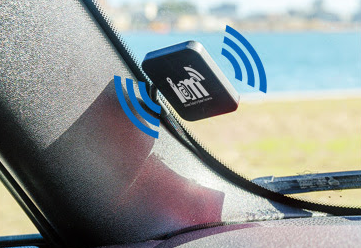
For instance, Most car manufacturers uses UHF RFID to improve tracking and logistics for vehicles within their large production facilities. RFID-enabled checkpoints are strategically located to help workers monitor the movement of vehicles across different stages of production and transport. This streamlined tracking minimizes delays and reduces the potential for misplaced vehicles, ultimately enhancing productivity.
Parts Inventory Management
Inventory management of automotive parts is another area where UHF RFID readers prove indispensable. Automakers and suppliers deal with thousands of parts moving in and out of inventory. Tracking these parts manually is labor-intensive and error-prone, but RFID technology provides an efficient solution. Without UHF RFID readers, managing parts inventory would involve time-consuming manual checks and data entry, increasing the likelihood of errors and inventory discrepancies. With UHF RFID readers, these challenges are overcome, resulting in a streamlined process with greater accuracy and reduced workload. UHF RFID readers offer greater read range and faster processing, allowing operators to quickly locate parts, check inventory levels, and automate restocking processes. UROVO's UHF RFID readers are specifically designed to meet the demanding needs of automotive parts management, providing a seamless and effective solution. Our DT51U5G, DT50P, and DT50D RFID readers excel in this domain, helping operators efficiently manage parts and maintain high inventory accuracy.

car manufacturers is one example of a company that has integrated UHF RFID technology into its parts management system. By tagging key components with RFID labels and deploying UHF RFID readers, Ford effectively keeps track of its parts inventory. This technology helps minimize parts shortages or surpluses, ensuring the right components are always available for production and assembly, thereby optimizing the entire supply chain.
Assembly Line Automation
Automation of assembly lines is one of the most effective ways to boost production efficiency in the automotive industry. UHF RFID readers play a key role in automating various assembly line tasks. Without UHF RFID readers, automotive assembly lines would require more manual interventions, leading to potential misplacements of parts and slower production rates. Using UHF RFID readers, companies can automate and optimize these processes, leading to improved accuracy and production speed. UROVO's UHF RFID readers help streamline assembly line processes, ensuring that all components are accurately tracked throughout production. The DT51U5G, DT50P, and DT50D models are particularly effective for automating assembly lines, ensuring seamless tracking and minimizing errors. By using RFID tags and UHF RFID readers on the production line, automotive companies can ensure that every vehicle receives the right parts and follows the correct production steps.

Without UHF RFID Readers vs. With UHF RFID Readers:
Efficiency: Manual processes are slow and labor-intensive, while UHF RFID readers enable real-time tracking, significantly enhancing production efficiency.
Error Rate: Manual tracking is prone to human error, whereas UHF RFID readers automate data capture, reducing errors drastically.
Cost Impact: Lack of automated inventory tracking leads to excess inventory or shortages, increasing costs. UHF RFID readers optimize inventory levels, leading to cost savings.
Quality Control: Manual inspections may miss crucial details, leading to defects. UHF RFID readers ensure automated quality checks, improving the overall product quality.
Simultaneous Reading: Unlike barcode scanners, which read one item at a time, UHF RFID readers can scan multiple tags simultaneously, greatly reducing the time required for inventory and production checks.
Conclusion
The automotive industry is leveraging UHF RFID readers for various critical applications such as vehicle tracking, inventory management, and assembly line automation. These technologies are driving efficiency, improving quality, and reducing costs. Examples from automotive giants illustrate the effectiveness of RFID solutions in achieving operational excellence. As technology continues to evolve, the role of UHF RFID readers will likely expand further, bringing even more innovations to the automotive industry.
Read More about RFID Reader:
The Application of RFID in Fixed Asset Management
Nowadays, labor costs are continuously on the rise. How to effectively finishing complex and time-consuming inventory counts through intelligent devices has become a central focus across all industries.
The Future of Asset Tracking: Why RFID Scanners Are Essential for Modern Businesses
Asset tracking is not just a necessity but a strategic advantage. Radio Frequency Identification (RFID) technology has emerged as a cornerstone for modern asset management systems, offering unprecedented efficiency and accuracy.
RFID Reader vs. Barcode Scanner: Which is Right for Your Business?
In the realm of asset tracking and inventory management, businesses face a crucial choice between two leading technologies: RFID (Radio Frequency Identification) reader and barcode scanner.


